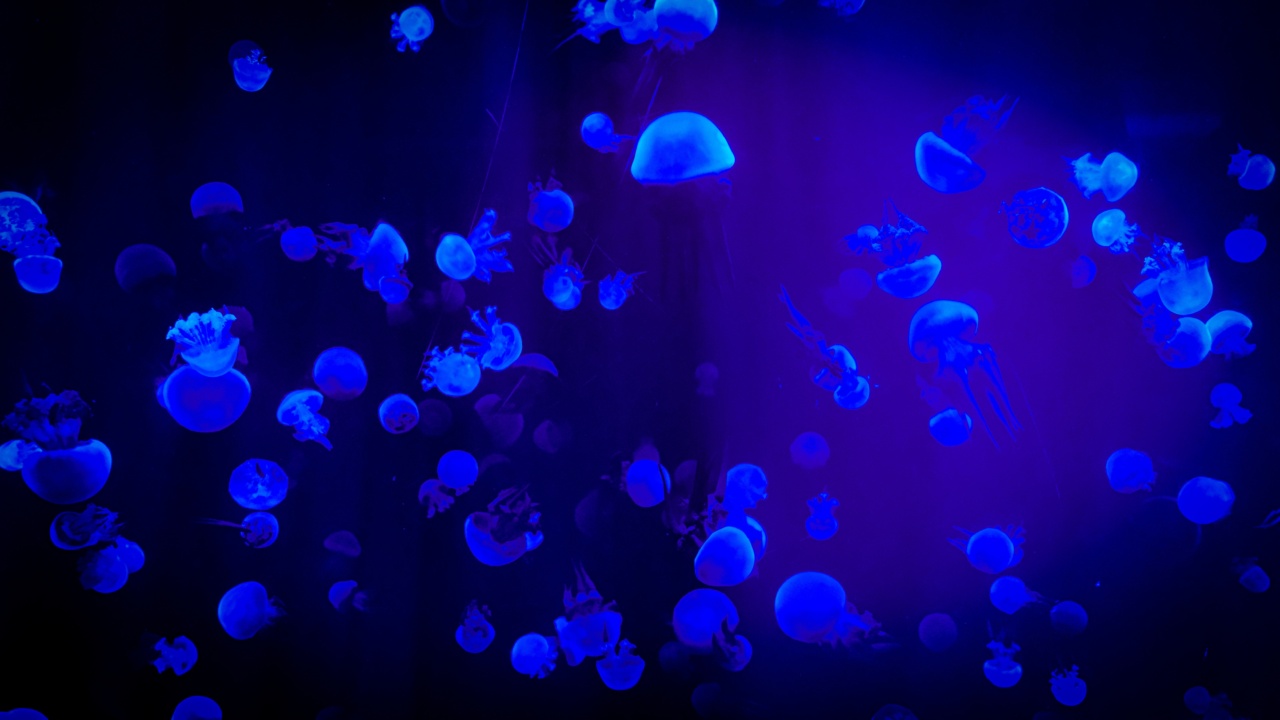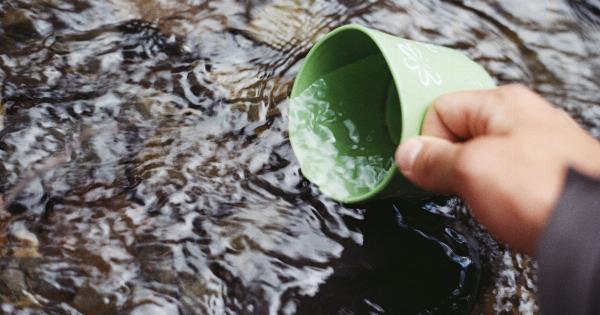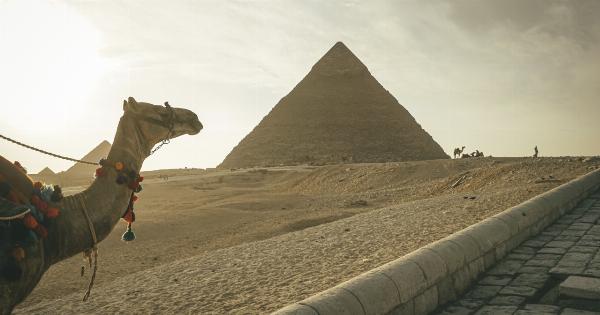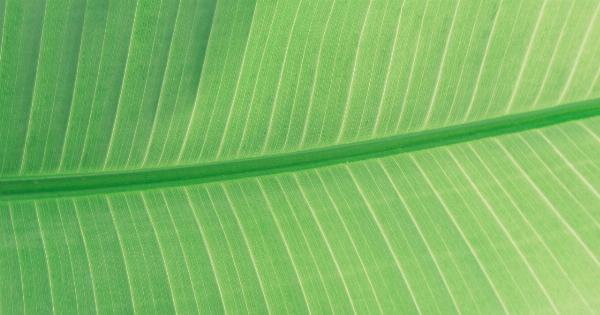The desert is a harsh and unforgiving environment, characterized by extreme heat and minimal precipitation. In such conditions, water becomes a precious resource, and conserving it becomes a matter of survival.
In this article, we will explore various techniques for water conservation in the desert, enabling individuals to thrive in these challenging surroundings.
1. Collecting and Storing Rainwater
Rainwater is a valuable resource in the desert, though it may be scarce. To make the most of it, it is essential to collect and store rainwater efficiently.
One effective technique is installing rainwater harvesting systems, such as rooftop catchment systems or cisterns. These systems collect rainwater and store it for later use, minimizing water wastage.
2. Utilizing Greywater
Greywater refers to wastewater generated from activities like washing dishes, doing laundry, or taking showers. Instead of letting this water go to waste, it can be reused for other purposes, such as irrigating plants or flushing toilets.
Installing a greywater recycling system allows individuals to save and reuse water effectively.
3. Drip Irrigation
In the desert, every drop of water counts. Drip irrigation is a highly efficient method of watering plants that minimizes water loss through evaporation or runoff.
This system delivers water directly to the roots of plants, making the most efficient use of limited water resources. Additionally, using mulch around plants helps retain moisture and further reduces the need for water.
4. Xeriscaping
Xeriscaping is a landscaping technique that focuses on using plants that are adapted to arid conditions, reducing the need for excessive watering.
By carefully selecting drought-tolerant plants and incorporating mulch and rocks into the design, xeriscaping can significantly reduce water consumption in desert environments.
5. Implementing Water-Efficient Plumbing Fixtures
Water-efficient plumbing fixtures, such as low-flow toilets, faucets, and showerheads, are essential for conserving water in any environment, including the desert. These fixtures use significantly less water while providing the same functionality.
Installing them can drastically reduce water consumption without sacrificing comfort or convenience.
6. Managing Evaporation Loss
In a desert environment, water loss due to evaporation can be significant. To minimize evaporation, various techniques can be employed. One method is using pool covers to reduce water surface exposure.
Additionally, implementing shade structures over bodies of water or using floating covers can help reduce sun exposure and limit evaporation.
7. Proper Watering Techniques
When watering plants in the desert, it is crucial to use proper techniques to avoid water wastage. Watering early in the morning or late in the evening minimizes evaporation, as these are the cooler times of the day.
Additionally, avoiding overhead sprinklers and using targeted methods like soaker hoses or drip systems reduces water loss and ensures water reaches plant roots more efficiently.
8. Water Conservation Awareness
Education and awareness about the importance of water conservation play a vital role in desert environments. Promoting sustainable water practices within the community can lead to significant savings and long-term water conservation.
Individuals should be encouraged to adopt water-saving habits, such as turning off taps when not in use, fixing leaks promptly, and taking shorter showers.
9. Recycling and Reusing Water
Recycling and reusing water can help maximize its usage in the desert. Techniques such as treating and reusing wastewater, known as water reclamation, can be employed on a larger scale.
Additionally, individuals can capture and reuse excess water from activities like dishwashing or bathing for non-potable purposes, such as cleaning or irrigation.
10. Monitoring and Controlling Water Usage
Regularly monitoring and controlling water usage is essential for effective conservation. Implementing water meters can provide valuable insights into consumption patterns and help identify areas where water usage can be reduced.
By setting targets, implementing restrictions when necessary, and raising awareness about sustainable water practices, water conservation can be achieved on an individual and community level.































